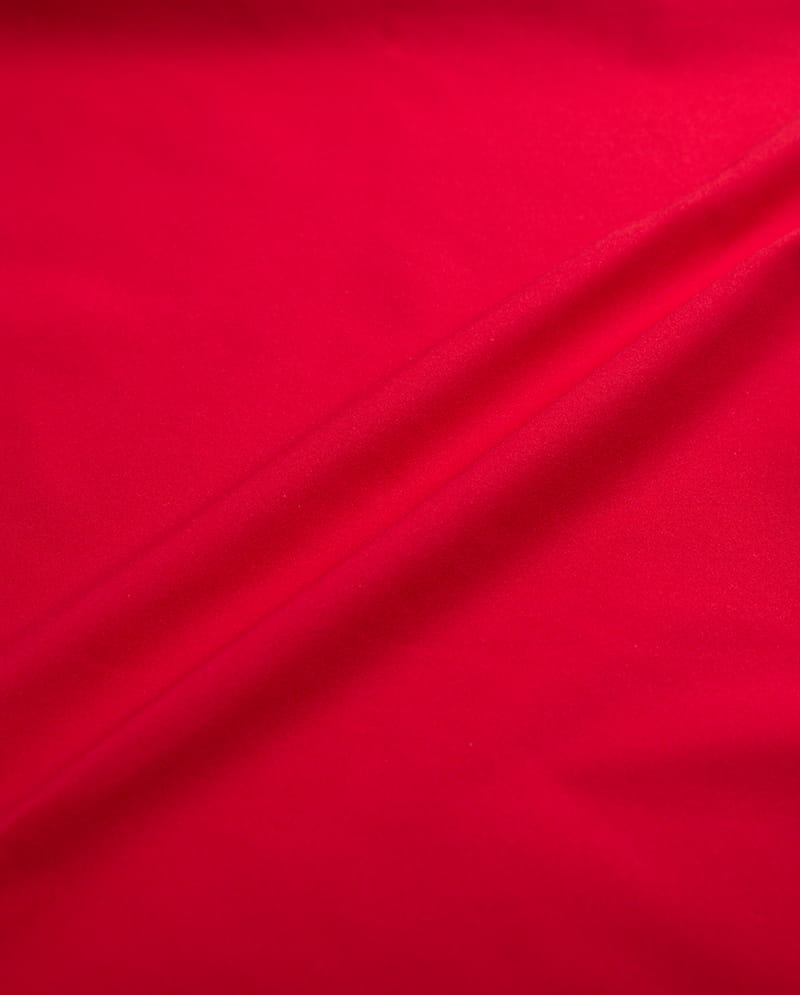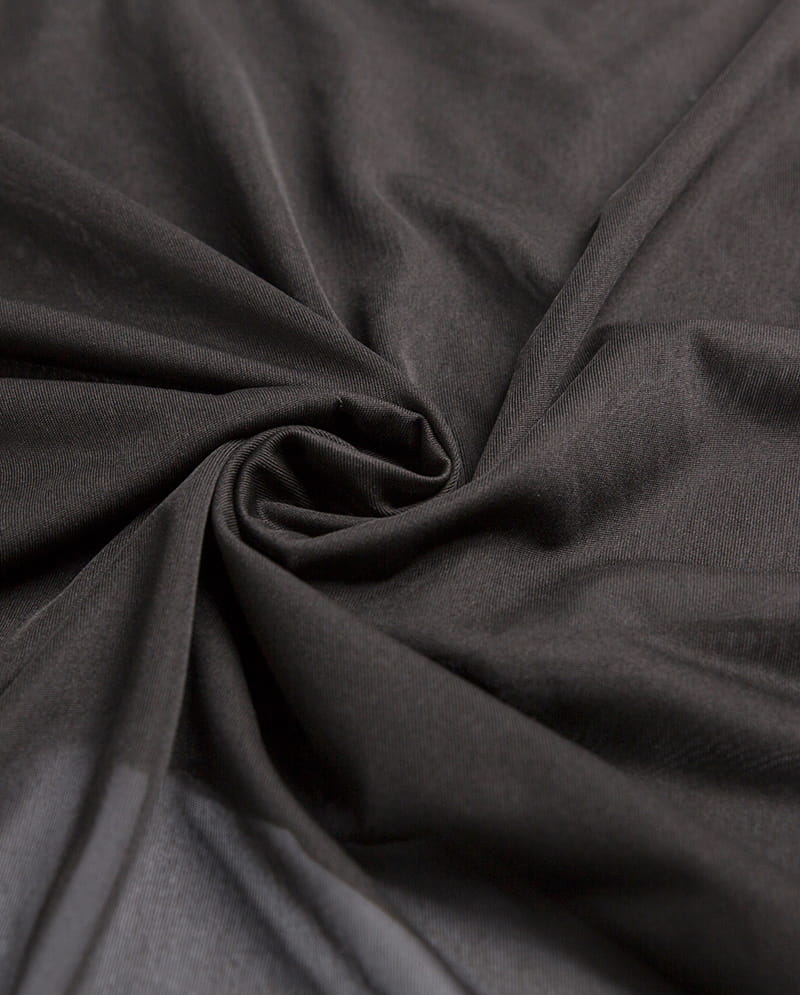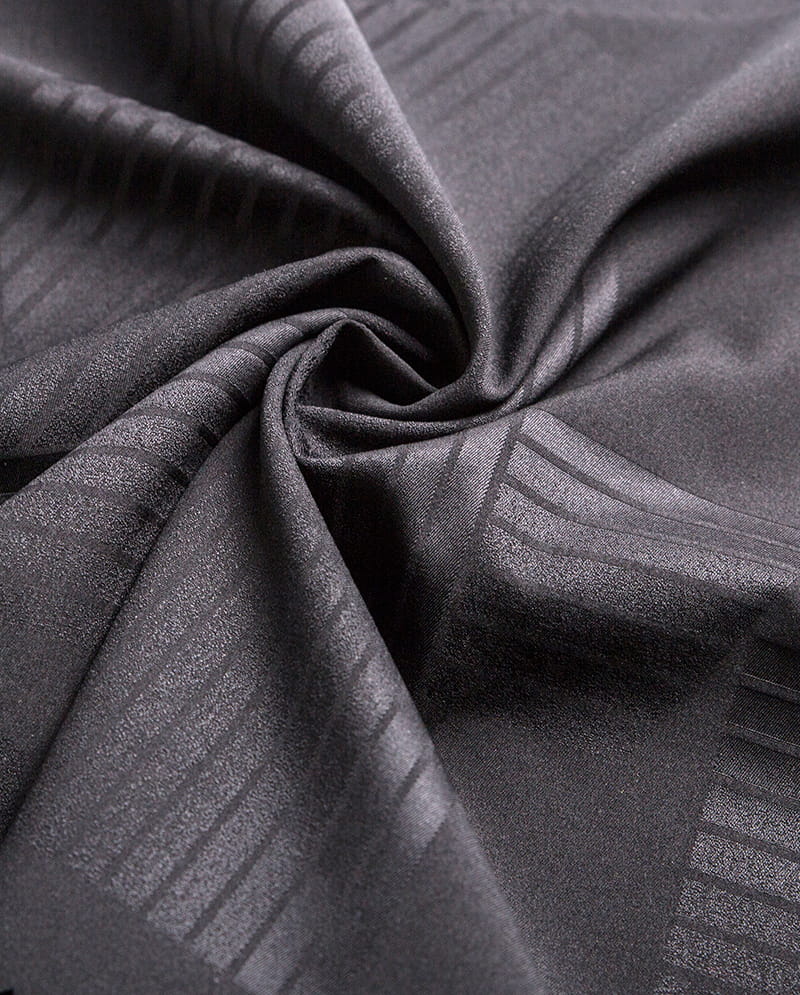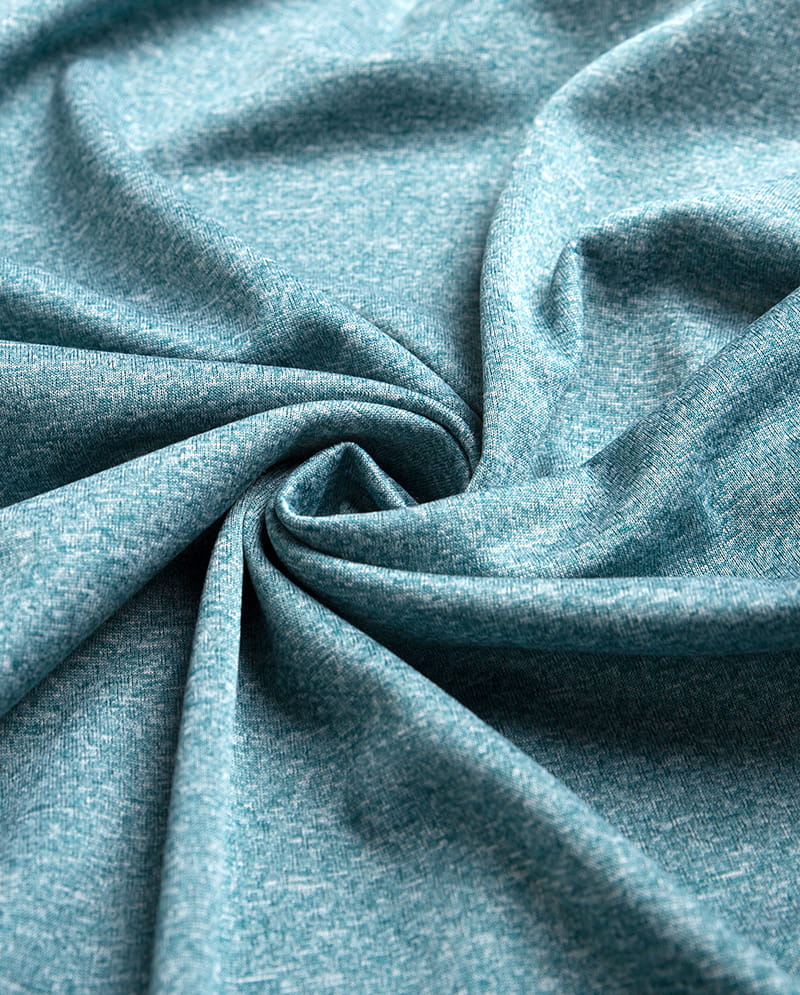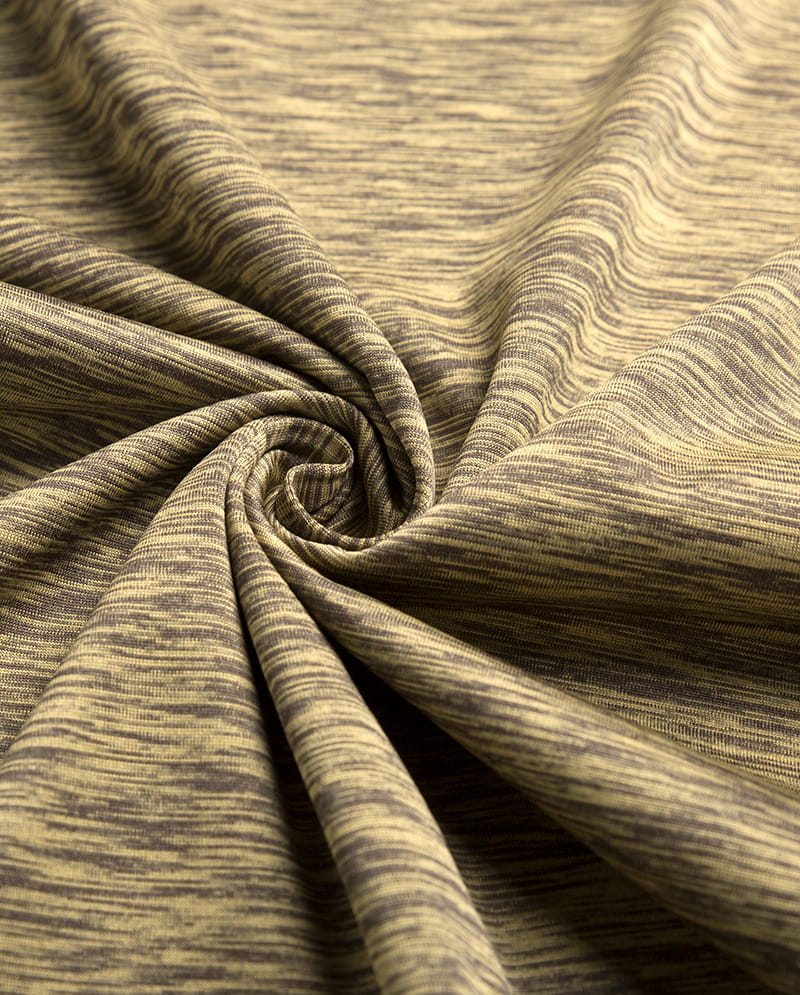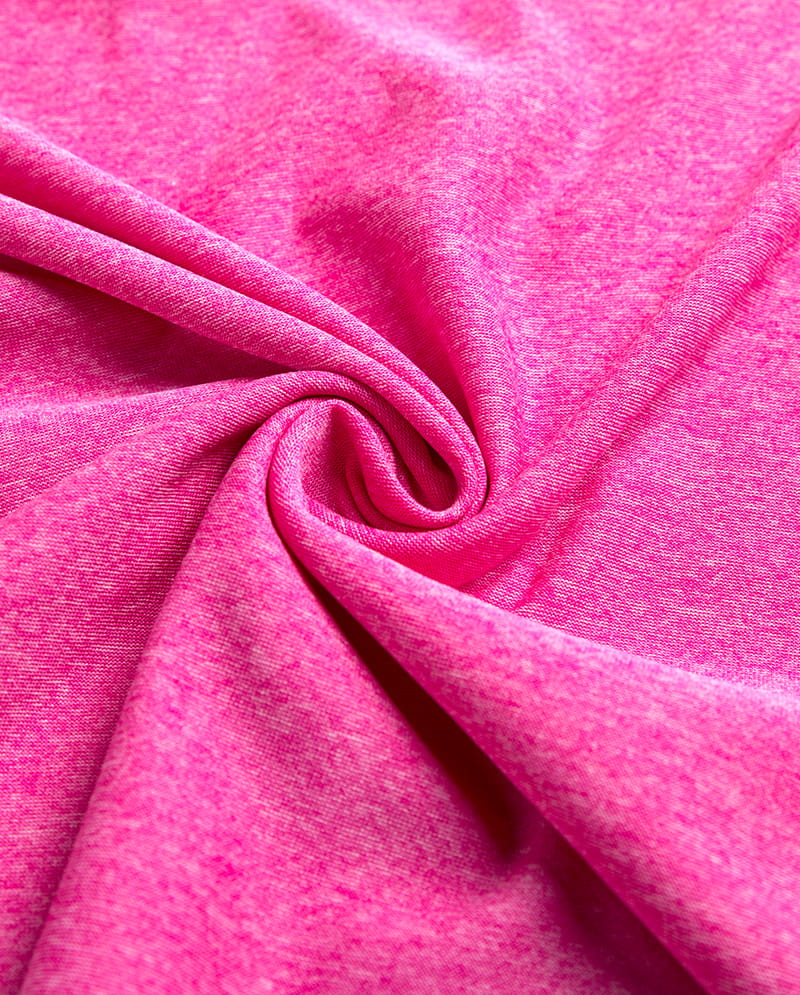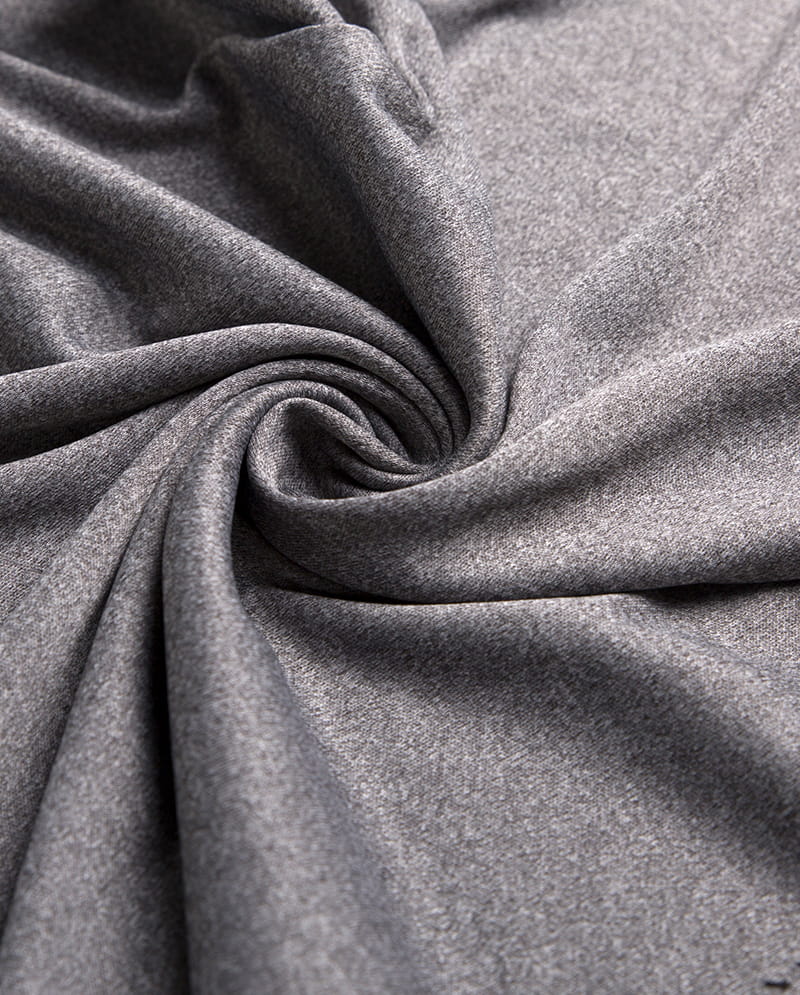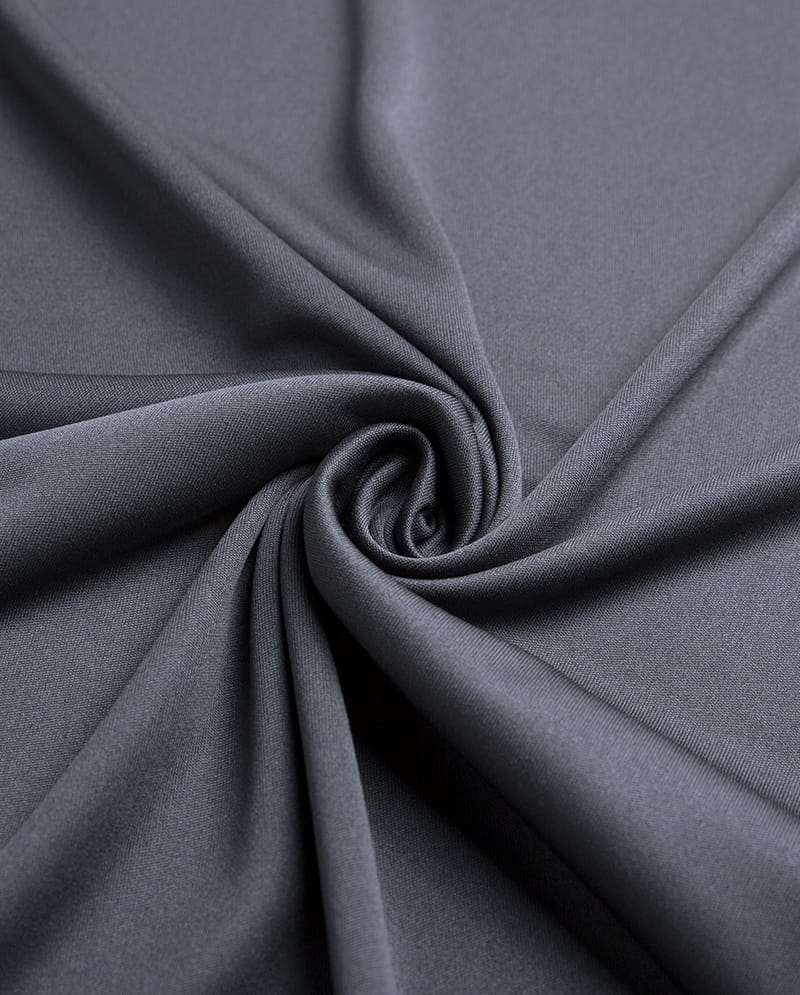Woven Fabric: An In - Depth Look
1. Definition of Woven Fabric
Woven fabric is a type of textile created by interlacing two or more sets of yarns or threads at right angles to one another. The two main sets of threads are the warp (the vertical threads) and the weft (the horizontal threads). This interlacing process is typically carried out on a loom, a machine specifically designed for weaving. The resulting fabric has a distinct, basket - like pattern when examined closely, which is a characteristic feature of woven fabrics.
2. The Process of Making Woven Fabric
2.1 Yarn Preparation
Fibers, which can be natural (such as cotton, wool, silk, or linen) or synthetic (like polyester, nylon, or acrylic), are first spun into yarns.
These yarns are then prepared with specific properties depending on whether they will be used as warp or weft threads. Warp threads need to be strong and durable as they are held taut during the weaving process. They often require additional treatment to withstand the tension. Weft threads, on the other hand, may be chosen for their texture or color - carrying ability.
2.2 Warping
The warp yarns are carefully arranged and wound onto a beam. This beam holds the warp threads parallel and under tension, ensuring they are in the correct position for the weaving process.
Precise alignment of the warp threads is crucial to achieve an even and consistent fabric. Any misalignment can result in flaws in the final woven product.
2.3 Weaving
During the weaving stage, the weft yarn is passed over and under the warp yarns in various patterns. There are three primary types of weaves:
Plain Weave: This is the simplest and most common weave. In a plain weave, the weft thread alternates over and under each warp thread in a regular pattern. This creates a balanced, tight - knit fabric that is relatively strong and stable. Examples of plain - weave fabrics include cotton muslin, gingham, and many types of bedsheets.
Twill Weave: In a twill weave, the weft yarn passes over one or more warp threads and then under two or more warp threads, creating a diagonal pattern on the fabric surface. Twill fabrics are known for their durability and often have a more textured appearance. Denim is a well - known example of a twill - weave fabric, as are many types of suiting materials.
Satin Weave: Satin weaves are characterized by long floats of the weft yarn over multiple warp threads, creating a smooth, lustrous surface. Satin fabrics are often used in luxury applications such as evening gowns and lingerie due to their soft feel and shiny appearance. However, they can be less durable in high - wear areas compared to plain or twill weaves.
These basic weaves can be further modified and combined to create a vast array of complex and unique patterns, each with its own aesthetic and functional properties.
2.4 Finishing
After the fabric has been woven, it undergoes several finishing processes:
Bleaching: This process is used to remove impurities and natural color from the fabric, making it ready for dyeing or printing. It can also enhance the fabric's whiteness if a white fabric is desired.
Dyeing: The fabric is immersed in a dye bath to add color. There are various dyeing methods, including batch dyeing, continuous dyeing, and piece - dyeing, each suitable for different types of fabrics and production volumes.
Printing: Patterns or designs are applied to the fabric using techniques such as screen printing, digital printing, or block printing. Printed woven fabrics are widely used in fashion and home decor.
Treatments: Additional treatments can be applied to enhance the fabric's performance. For example, water - repellent treatments can be added to make the fabric resistant to moisture, and shrink - resistant treatments can help prevent the fabric from shrinking during washing.
3. Characteristics of Woven Fabric
3.1 Stretch
Woven fabrics generally have limited stretch. They only stretch diagonally on the bias (the direction between the warp and weft), unless elastic threads are used in their construction. This characteristic makes them suitable for applications where a stable, non - stretching material is required, such as in tailored clothing like suits and structured dresses.
3.2 Durability
The durability of woven fabric depends on several factors, including the type of fibers used, the weave pattern, and the quality of construction. In general, closely - woven fabrics with high - quality fibers and a strong weave (such as twill) tend to be more durable and can withstand regular use and wear.
3.3 Shape Retention
Woven fabrics are known for their good shape retention. They are less likely to distort or lose their shape compared to some other types of fabrics, such as knitted fabrics. This makes them ideal for garments and items that need to maintain a specific form, like upholstery for furniture.
3.4 Fraying
Woven fabric has a tendency to fray at the edges because the individual threads are exposed. To prevent fraying, techniques such as using pinking shears (which cut the fabric in a zig - zag pattern to reduce unraveling), hemming (folding and stitching the edges), or applying fabric sealants can be employed.
4. Common Types of Woven Fabrics
| Fabric Type | Fiber Content | Weave Pattern | Characteristics | Common Uses |
| Cotton | 100% cotton or cotton blends | Plain, twill, etc. | Soft, breathable, absorbent, can wrinkle easily | Clothing (shirts, dresses, jeans), home textiles (bed sheets, towels) |
| Linen | Flax fibers | Plain | Strong, absorbent, breathable, has a textured look, wrinkles easily | Summer clothing, tablecloths, curtains |
| Silk | Natural silk fibers (from silkworms) or silk - like synthetic fibers | Satin, plain, etc. | Soft, smooth, lustrous, drapes well | High - end clothing (evening gowns, blouses), scarves |
| Wool | Wool fibers from sheep or other animals | Twill, plain, etc. | Warm, insulating, resilient, can be itchy if not properly processed | Winter clothing (sweaters, coats), suits |
| Polyester | Synthetic polyester fibers | Various weaves | Strong, durable, wrinkle - resistant, not as breathable as natural fibers | Apparel, sportswear, home furnishings |
| Nylon | Synthetic nylon fibers | Plain, twill, etc. | Strong, lightweight, quick - drying, abrasion - resistant | Outdoor gear (backpacks, tents), hosiery, sportswear |
5. Applications of Woven Fabric
5.1 Apparel
Woven fabrics are widely used in the fashion industry. Structured items such as blazers, suits, and formal dresses often utilize woven fabrics for their shape - holding properties. For example, a wool - blend twill fabric is a popular choice for men's business suits as it provides a professional look and good durability.
Casual wear like denim jeans (made from cotton twill) and cotton - based shirts also rely on woven fabrics. The breathability of cotton makes it suitable for everyday wear, while the strength of the weave ensures the garment can withstand regular use and washing.
5.2 Home Decor
In home decor, woven fabrics are used for a variety of purposes. Upholstery fabrics, which cover furniture such as sofas and chairs, are often woven. These fabrics need to be durable and able to withstand daily use. A tightly - woven polyester or cotton - blend fabric may be chosen for its stain - resistance and easy - to - clean properties.
Curtains are another common application. Linen or cotton - blend woven curtains can add a natural and airy feel to a room, while heavier, more tightly - woven fabrics can provide better light - blocking and insulation properties.
Bed sheets are typically made from woven cotton, offering comfort and breathability for a good night's sleep.
5.3 Industrial and Technical Applications
Woven fabrics are used in industrial settings as well. For example, in the automotive industry, they may be used in seat covers, where durability and resistance to wear and tear are important.
In the construction industry, certain types of woven fabrics can be used for reinforcement in materials such as concrete or composites. They help to improve the strength and stability of these materials.
In the production of bags, backpacks, and luggage, woven fabrics like nylon are preferred for their strength and lightweight nature.
6. Advantages and Disadvantages of Woven Fabric
6.1 Advantages
Structural Stability: Woven fabrics have a stable structure due to the interlacing of warp and weft threads. This makes them suitable for creating garments and products that need to maintain a specific shape.
Diverse Aesthetic Options: With a wide range of weaves, colors, and patterns available, woven fabrics offer numerous aesthetic choices. From the simple elegance of a plain - weave cotton to the intricate patterns of a jacquard - woven fabric, there is a woven fabric to suit every design need.
Durability: Many woven fabrics are highly durable, especially those made from high - quality fibers and with strong weave patterns. They can withstand regular use, washing, and wear, making them a long - lasting choice.
Suitability for Printing and Dyeing: Woven fabrics can be easily printed and dyed, allowing for the creation of colorful and patterned products. This makes them ideal for both fashion and home decor applications where visual appeal is important.
6.2 Disadvantages
Limited Stretch: As mentioned earlier, the lack of significant stretch in woven fabrics can be a drawback in some applications. This may limit their use in form - fitting or stretch - required garments, although the use of elastic - blended yarns can mitigate this to some extent.
Fraying: The tendency of woven fabrics to fray at the edges requires additional finishing steps during manufacturing or when working with the fabric at home. This adds to the cost and time required for production or sewing projects.
Less Breathable in Some Cases: Synthetic - based woven fabrics, such as polyester, may not be as breathable as natural - fiber - based woven fabrics like cotton or linen. This can make them less comfortable to wear in hot or humid conditions.

 English
English 中文简体
中文简体